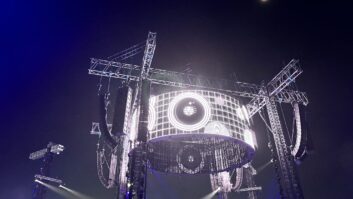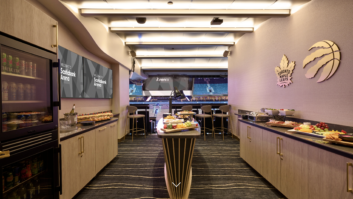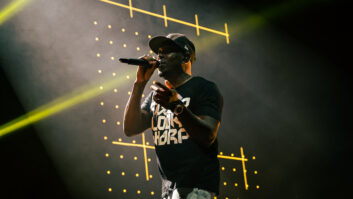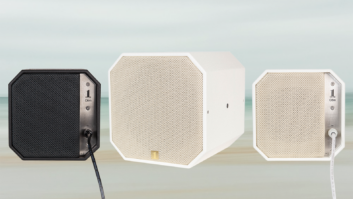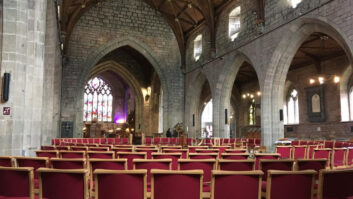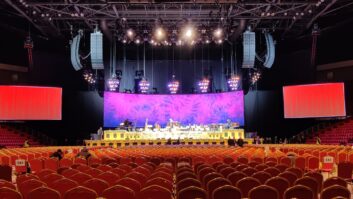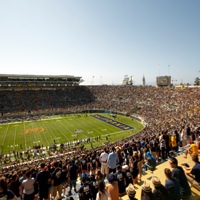
With the installation of 40 CAL column array loudspeakers, Memorial Stadium at the University of California, Berkeley, US, has become the world’s first sports facility to use Meyer Sound’s advanced beam steering technology. As part of the $321m (€247m), two-year upgrade project, Dallas-based acoustical consultant Wrightson, Johnson, Haddon & Williams, (WJHW) was enlisted improve the audio clarity for the 63,000-capacity seating bowl and minimise noise concerns for the nearest residences approximately 200ft away. WJHW also had to ensure the new sound system would maintain the architectural integrity of the stadium. For both architectural and environmental noise reasons, a point source scoreboard-mounted system was prohibitively problematic. “We concluded fairly early in the process that a distributed system was the best solution,” recalled WJHW principal Jack Wrightson. “Later we found out that Meyer Sound was developing the CAL loudspeaker, and it ended up being the right solution. It kept the historic look of the façade and by all accounts the university is very happy with the performance.” A total of 38 CAL 96 loudspeakers, which are shaped as 10ft-high columns, were mounted around the stadium’s outer rim, while two additional CAL 96 loudspeakers were mounted facing the student section. Slender enclosures enable the devices to blend in with the onsite flagpoles, allowing the stadium – which was inspired by Rome’s Coliseum – to preserve its architectural integrity. The coherent, wide-bandwidth sound is precisely steered to cover the stands with minimal spill onto the field, and into referee microphones, providing high speech intelligibility despite the crowd noise. “From an architectural viewpoint, we loved it,” commented Joe Diesko, vice president at lead architects HNTB and project manager for the architectural team. “The traditional distributed approach would be big square boxes sitting up there, and a big cluster at one end was out of the question. The CAL solution was just brilliant. They look great, and they sound fabulous.” Stands below the new press box required a different solution, in this case relying on Meyer Sound MSL-4, UPM-1P, and UPJ-1P VariO loudspeakers. Meanwhile coverage for the University Club, under-scoreboard and club level sections is supplied by MM-4 and MM-4XP self-powered loudspeakers, and additional UPM-1P loudspeakers. All signal drive and alignment is provided by Galileo loudspeaker management systems with three Galileo 616 processors.
www.meyersound.com
